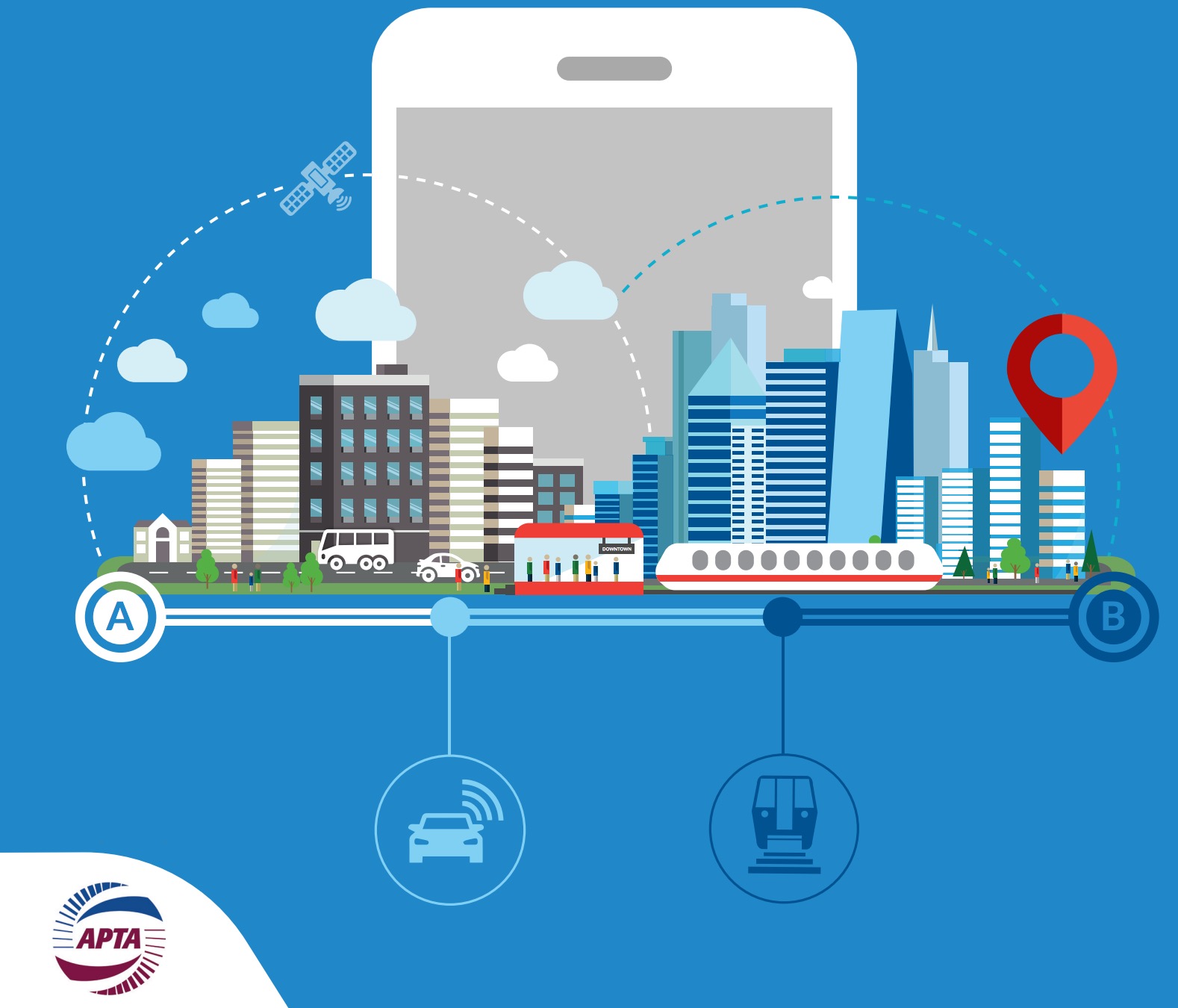AMERICAN PUBLIC TRANSPORTATION ASSOCIATION
Executive Summary
 Technology is transforming transportation. The ability to conveniently request, track, and pay for trips via mobile devices is changing the way people get around and interact with cities. This report examines the relationship of public transportation to shared modes, including bikesharing, carsharing, and ridesourcing services provided by companies such as Uber and Lyft. The research included participation by seven cities: Austin, Boston, Chicago, Los Angeles, San Francisco, Seattle and Washington, DC.
Technology is transforming transportation. The ability to conveniently request, track, and pay for trips via mobile devices is changing the way people get around and interact with cities. This report examines the relationship of public transportation to shared modes, including bikesharing, carsharing, and ridesourcing services provided by companies such as Uber and Lyft. The research included participation by seven cities: Austin, Boston, Chicago, Los Angeles, San Francisco, Seattle and Washington, DC.
Some have predicted that, by creating a robust network of mobility options, these new modes will help reduce car ownership and increase use of public transit, which will continue to function as the backbone of an integrated, multimodal transportation system.
The objective of this research analysis, which is distilled from a larger forthcoming study on the same topic, is to examine these issues and explore opportunities and challenges for public transportation as they relate to technology-enabled mobility services, including suggesting ways that public transit can learn from, build upon, and interface with these new modes.
To accomplish this task, the study draws from several sources, including in-depth interviews with transportation officials, a survey of shared mobility users, and analysis of transit and ridesourcing capacity and demand. Together, these elements provide a snapshot of a rapidly widening mobility ecosystem at an early moment in its evolution.
1. The more people use shared modes, the more likely they are to use public transit, own fewer cars, and spend less on transportation overall. “Supersharers”—people who routinely use several shared modes, such as bikesharing, carsharing (e.g. car2go or Zipcar), and ridesourcing (e.g. Lyft or Uber)—save the most money and own half as many household cars as people who use public transit alone.
2. Shared modes complement public transit, enhancing urban mobility. Ridesourcing services are most frequently used for social trips between 10pm and 4am, times when public transit runs infrequently or is not available. Shared modes substitute more for automobile trips than public transit trips.
3. Shared modes will continue to grow in significance, and public entities should identify opportunities to engage with them to ensure that benefits are widely and equitably shared. Public transit agencies should seize opportunities to improve urban mobility for all users through collaboration and public-private partnerships, including greater integration of service, information and payment methods.
4. The public sector and private operators are eager to collaborate to improve paratransit service using emerging approaches and technology. While a number of regulatory and institutional hurdles complicate partnerships in this area, technology and business models from the shared mobility industry can help drive down costs, increase service availability and improve rider experience.
Recommendations
This report concludes by presenting recommended actions that public entities—public transit agencies, transportation departments, and other local and regional agencies—can take to promote useful cooperation between public and private mobility providers. It also suggests regulatory enhancements, institutional realignments, and forms of public-private engagement that would allow innovation to flourish while still providing mobility as safely, broadly, and equitably as possible.
Download full version (PDF): Shared Mobility and the Transformation of Public Transit
About the American Public Transportation Association
www.apta.com
To strengthen and improve public transportation, APTA serves and leads its diverse membership through advocacy, innovation and information sharing. APTA and its members and staff work to ensure that public transportation is available and accessible for all Americans in communities across the country.
Tags: American Public Transportation Association, APTA, Bikesharing, Lyft, Ridesharing, ridesourcing, Uber







 RSS Feed
RSS Feed